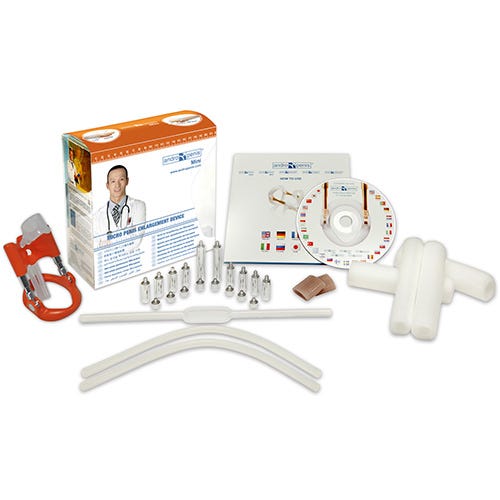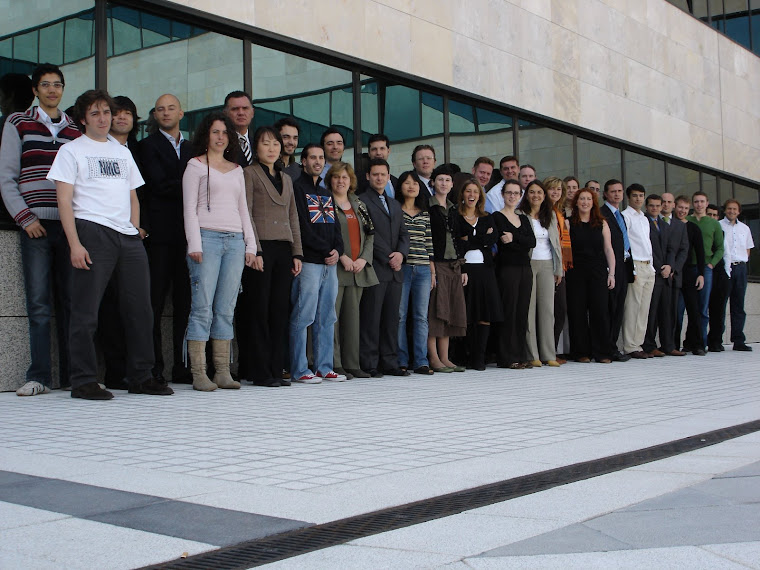Abstract
Peyronie's disease (PD) is a persistent swelling of tunica albuginea of the corpora cavernosa that causes an inelastic plaque leading to penis deformation. Although its etiology is not completely known, there is basic consensus that PD is genetically sent and additional to penile injury. In the last few years, many researches showed the function played by oxidative stress and anxiety in PD pathogenesis, and other researches have actually defined effective use antioxidants in PD therapy. Oxidative stress is an essential part of this disease, influencing its progression. In the beginning of PD, the inflammatory infiltrate cells generate high amounts of complimentary radicals as well as proinflammatory and also profibrotic cytokines, with following activation of transcription aspect NF-κB. While conventional therapies commonly used in the early stages of PD consist of dental materials (Potaba, tamoxifen, colchicine, and also vitamin E), intralesional therapy (verapamil, interferon, steroids, and also extra lately collagenase clostridium histolyticum-Xiaflex), as well as regional physical treatment as well as penile extender (andropeyronie), the considerable outcomes acquired by arising treatments with the antioxidants cited in this write-up recommend these healing agents conflict at a number of levels with the disease's pathogenetic devices. Antioxidants therapy end results are intriguing for good professional method and additionally verify the fundamental role played by oxidative stress and anxiety in PD. Gianni Paulis,1,2 Gennaro Romano,3 Luca Paulis,4 as well as Davide Barletta5
1.1. Facilities of Microscopic as well as Functional Anatomy
The tunica albuginea of the corpora cavernosa is comprised of both collagen fibers (the majority) and flexible fibers. Whereas collagen fibers have greater resistance to traction as well as are inelastic, flexible fibers can be extended approximately 150% of their typical size [18] With no flexible fibers in the tunica albuginea, the penis would certainly not be able to expand in size and size during erection. In regular conditions and in the absence of disease, the elastic fibers along the penile shaft, within the tunica albuginea, appear as an internet interwoven with collagen fibers. Nonetheless, in the penile crura as well as distal part of the corpora cavernosa (apex), the tunica albuginea is just or virtually solely made up of collagen fibers [18, 19] Thus, any type of local change in flexible fiber web content can trigger penile deformation.
The function of this post is to clarify and also describe the considerable function of the oxidative tension in PD pathogenesis; the various other crucial goal of the write-up is to clarify the resulting function of anti-oxidants in PD therapy.
In 2012, a study examined PTX efficiency in 74 PD people utilizing a consolidated therapy that included dental PTX (400 mg/three times daily) associated with dental L-arginine (1 g/twice daily) as well as verapamil shots (12 in overall, every 2 weeks). Seventy-four PD patients were divided into 2 therapy teams: group I (39 patients), verapamil injections + dental therapy (L-arginine + PTX) + daily penile traction treatment PTT
Nonsurgical Treatments . Penile traction therapy PTT (ANDROPEYRONIE)
Penile traction therapy PTT (andropeyronie) In recent years, penile traction therapy has gained considerable interest as a novel nonsurgical treatment option for men with PD and short penises [41]. PTT (andropeyronie) can increase the length of the penis and reduce penile deformity. Some studies have shown that penile curvature has decreased by 25°, sexual function has improved, and the risk of surgical indications has been greatly reduced [42]. PTT, as a method of treating PD, exhibits good tolerance, but the overall effect on PD is small when used alone. As part of the combined treatment of early PD, the PTT will play a more important role in the future.










No hay comentarios:
Publicar un comentario